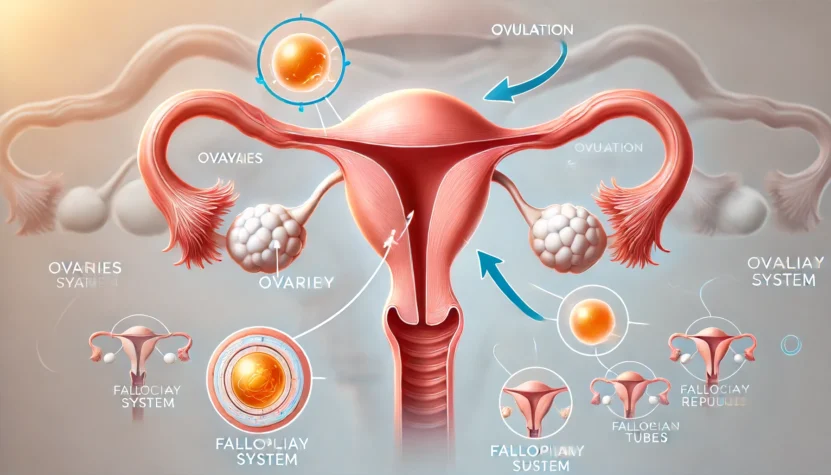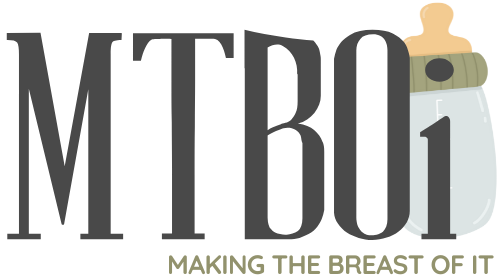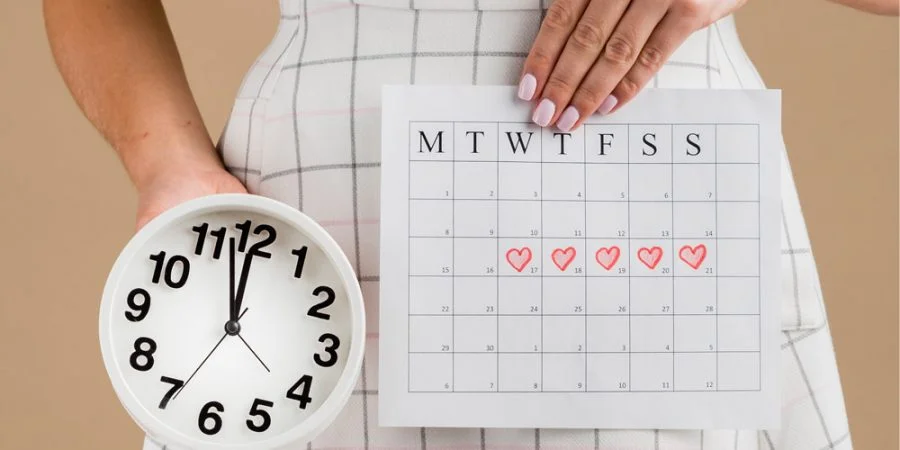Trying to get pregnant can be an emotional journey filled with many questions. One key factor to understand is ovulation, which is crucial for fertility. Knowing when and how ovulation occurs can greatly improve your chances of conceiving.
This guide will clarify the process, show you how to track your ovulation, and offer practical tips to boost your chances of getting pregnant.
Ovulation & fertility

Your menstrual cycle is your body’s way of preparing for the possibility of pregnancy each month. This cycle is divided into phases, starting with the first day of bleeding during your period. Here’s a simplified breakdown:
- First phase: Starts with the first day of your period. This phase marks the beginning of your menstrual cycle and typically lasts about 3 to 7 days. During this time, the uterine lining, which built up in the previous cycle, sheds, resulting in menstrual bleeding.
- Hormonal activity: Follicle-stimulating hormone (FSH) plays a crucial role in making the eggs inside your ovaries grow. This hormone signals your ovaries to start preparing several follicles, each containing an egg. While numerous follicles may begin to develop, usually only one will mature fully and be released during ovulation.
Follicular stage
Between days 2 and 14 of your cycle, hormones help thicken the lining of the uterus in preparation for a possible pregnancy. This stage is essential for creating a nurturing environment for a fertilized egg. As estrogen levels rise, they stimulate the growth of the uterine lining, making it rich in nutrients and blood vessels to support potential embryo implantation.
Additionally, this phase culminates in the maturation of one dominant follicle, setting the stage for ovulation.
What happens during ovulation

According to NHS, the average menstrual cycle lasts between 28 and 35 days, but it can vary from person to person. Ovulation typically happens between days 11 and 21 of your cycle. This variation means that tracking ovulation requires attention to your specific cycle length and patterns.
Understanding your own cycle can help you better predict your fertile window and optimize your chances of conception.
Luteinizing Hormone (LH)
Luteinizing hormone (LH) triggers the release of an egg from the ovary and makes cervical mucus more slippery, which helps sperm reach the egg. The LH surge is a critical marker for ovulation and can be detected with ovulation prediction kits.
This hormone not only facilitates the release of the egg but also supports changes in cervical mucus that aid sperm survival and mobility.
It’s all in the timing
Women are born with about 1-2 million eggs, but only 300-400 will be released through ovulation during their reproductive years. The released egg must be fertilized within 24 hours after its release.
Sperm, however, can live in the female reproductive tract for about 3-5 days. This means timing intercourse around ovulation is crucial for increasing your chances of conception.
Fertilization window
Your best chance of getting pregnant is when you have sex 1-2 days before ovulation. For those with a regular 28-day cycle, having sex around days 12 and 14 is ideal. This timing maximizes the likelihood that live sperm will be present in the fallopian tubes when the egg is released, enhancing the possibility of fertilization.
Track your most fertile days

You can use various tools to track your ovulation, such as online ovulation calculators or fertility kits. These tools help you predict your most fertile days and plan accordingly. By regularly monitoring your cycle and using these aids, you can gain a better understanding of your fertility patterns.
Consistent tracking can also provide valuable information for discussions with your healthcare provider.
Track ovulation by temperature
After the egg is released, progesterone increases your body temperature slightly. You can use a basal thermometer to measure your temperature every morning before getting out of bed. A consistent rise in temperature can indicate that ovulation has occurred.
Charting your basal body temperature over a few months can help you identify patterns and predict future ovulation more accurately.
Predict ovulation by hormone
An LH surge happens about 36 hours before the egg is released. Ovulation kits measure LH levels to help pinpoint your ovulation day accurately. These kits are easy to use and can be a reliable method for predicting your most fertile days.
Knowing exactly when you are ovulating can give you a clear advantage in planning intercourse to maximize your chances of conception.
The last phase of your monthly cycle
Progesterone prepares the lining of the uterus for a fertilized egg. If no fertilization occurs, the egg disintegrates, progesterone levels fall, and menstruation occurs 12-16 days later. This hormone is essential for maintaining a pregnancy in its early stages by supporting the uterine lining.
Weight and fertility

Based on an NCBI study, being overweight or obese can double the time it takes to get pregnant. Excess weight can lead to hormonal imbalances that disrupt ovulation and menstrual regularity. Losing 5%-10% of your body weight can improve ovulation and increase pregnancy rates.
Achieving a healthy weight through diet and exercise can enhance your fertility and overall health.
Impact of being underweight
Being underweight can also lead to infertility, as it can disrupt your menstrual cycle and ovulation. Low body fat levels can result in insufficient hormone production needed for regular ovulation. Maintaining a balanced diet and healthy weight is crucial for reproductive health.
If you struggle with weight issues, consider consulting a healthcare provider for personalized advice.
Age and conception chances
Fertility begins to decline notably after your mid-30s. As you age, not only does the quantity of your eggs decrease, but the quality can diminish as well, making conception more challenging. Fertility treatments also become less successful with age.
Early consultation can improve your chances of diagnosing and treating potential fertility problems effectively.
Check out also Liquids That Cause a Positive Pregnancy Test.
In summary
Ovulation plays a central role in your chances of getting pregnant. Knowing your menstrual cycle, keeping track of your fertile days, and staying at a healthy weight can really boost your chances. Everyone’s cycle is different, so figuring out what works for you is super important. If things don’t go as planned, don’t be shy about asking for medical help.

